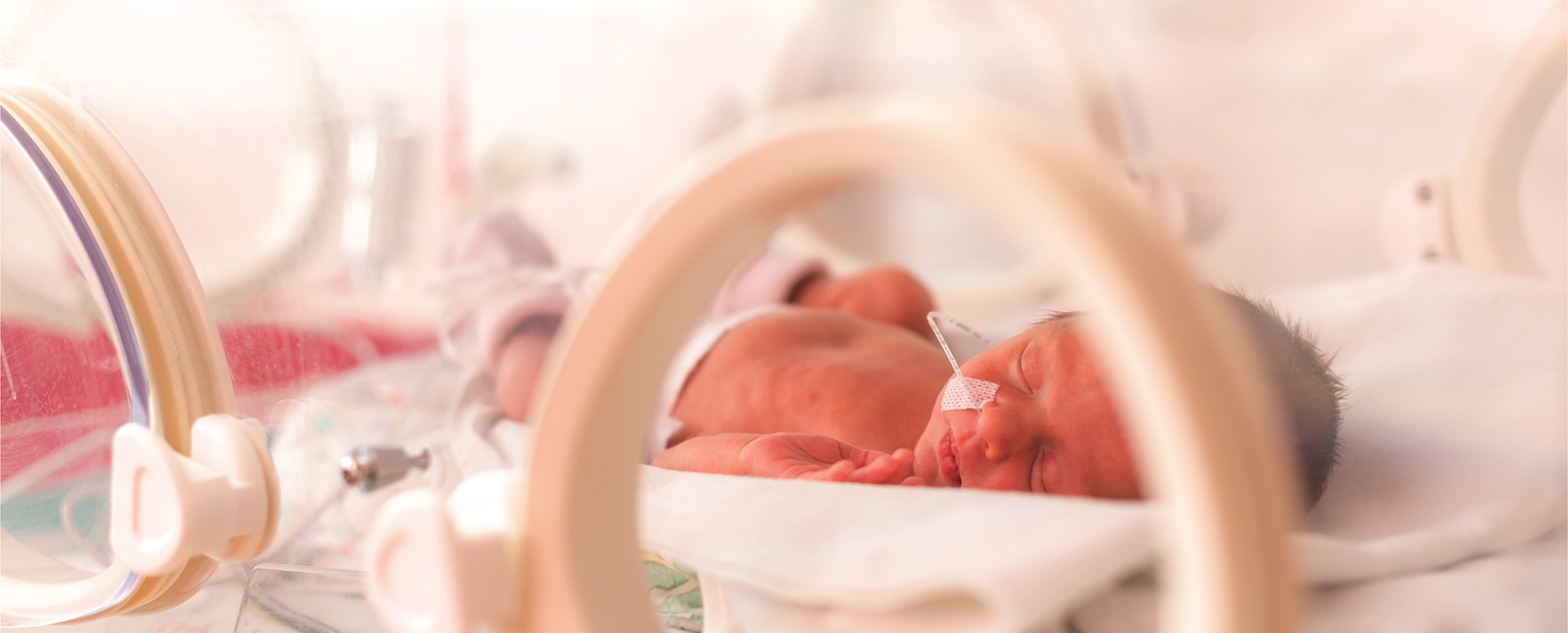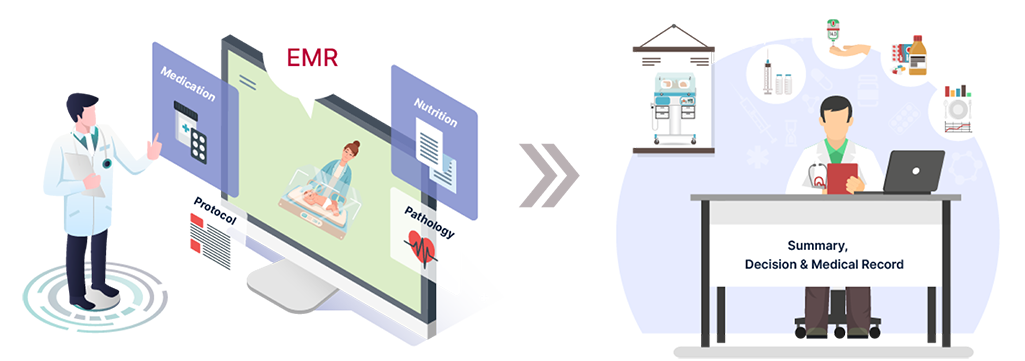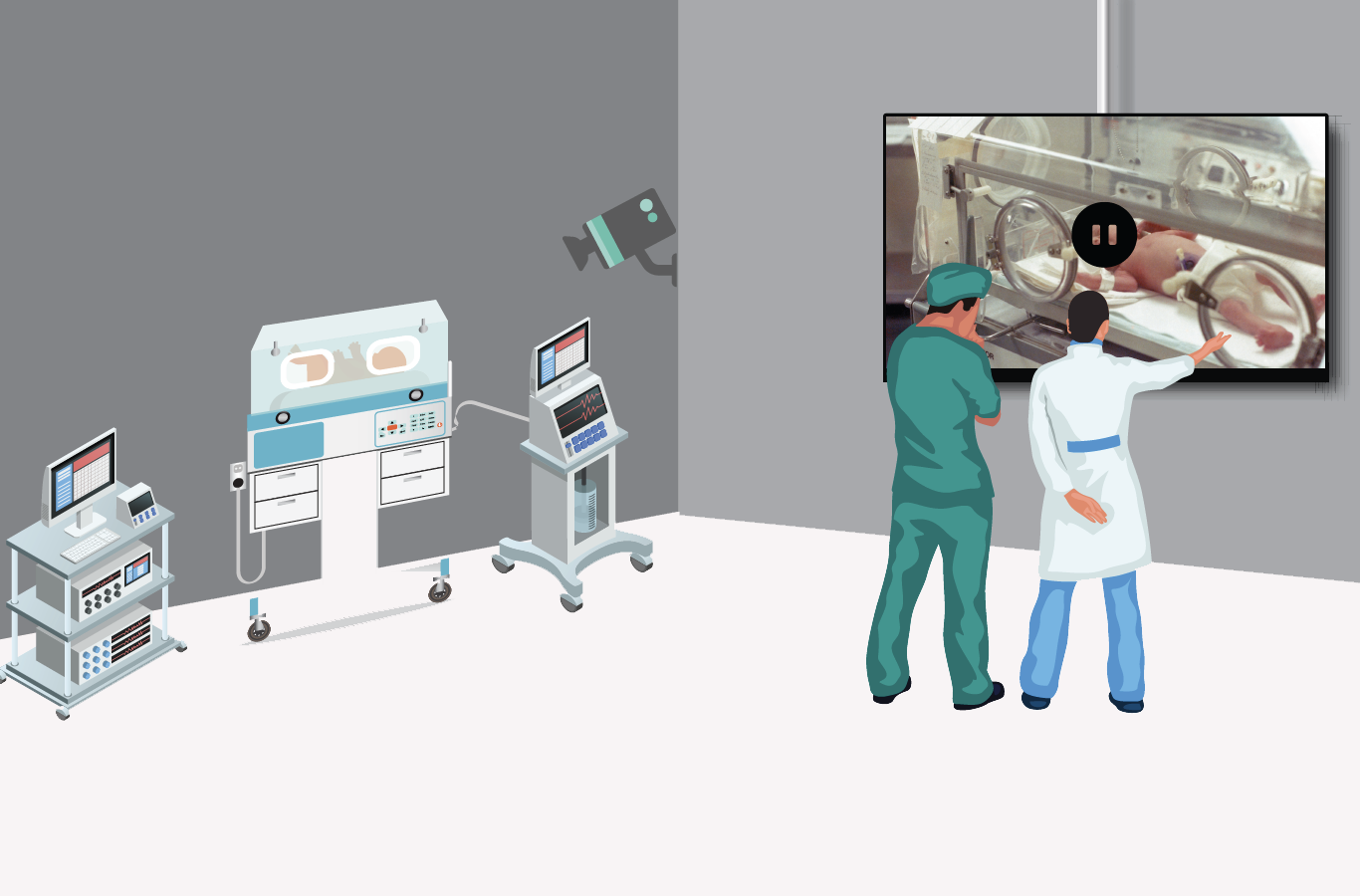iNICU computer intelligence
The heart of the iNICU platform is its computer intelligence software core. Using the integrated flow of continuous data from the NEO device and the integration with EMR data, the iNICU is capable of streamlining the entire workflow of the Neonatal Intensive Care Unit.
Three key features of the iNICU Platform:
1) iNICU collates and organizes data from each neonate and presents the information in a dashboard that reflects the state of each patient in real time. Care teams can drill down from the summary dashboard to selectively focus on any specific component of the data. This capability streamlines and automates NICU workflow for each neonate from the day of admission/birth until the discharge of the baby.
2) iNICU also provides the doctors and nurses with a solution to the distraction from immediate care posed by the need to manually update many patient records (such as recording nutrition data, preparing progress notes and discharge summaries). iNICU automatically generates progress notes throughout the neonates stay in the NICU.
3) iNICU aggregates data for each neonate across time and across all neonates in the NICU enabling a foundation of reliable data for NICU performance improvement through Quality Assurance bundles to optimize workflow, personnel performance and financial results in the Neonatal Intensive Care Unit.









